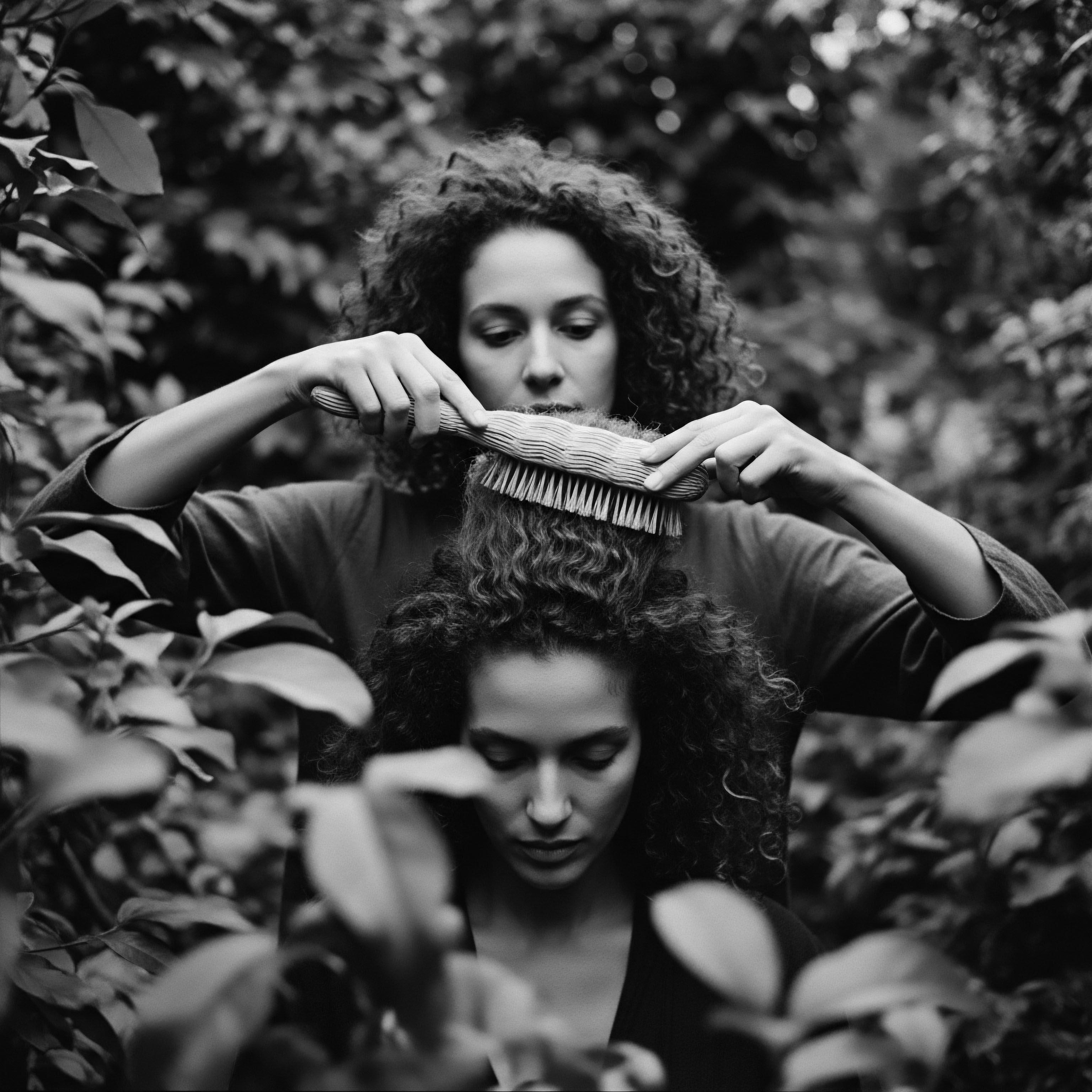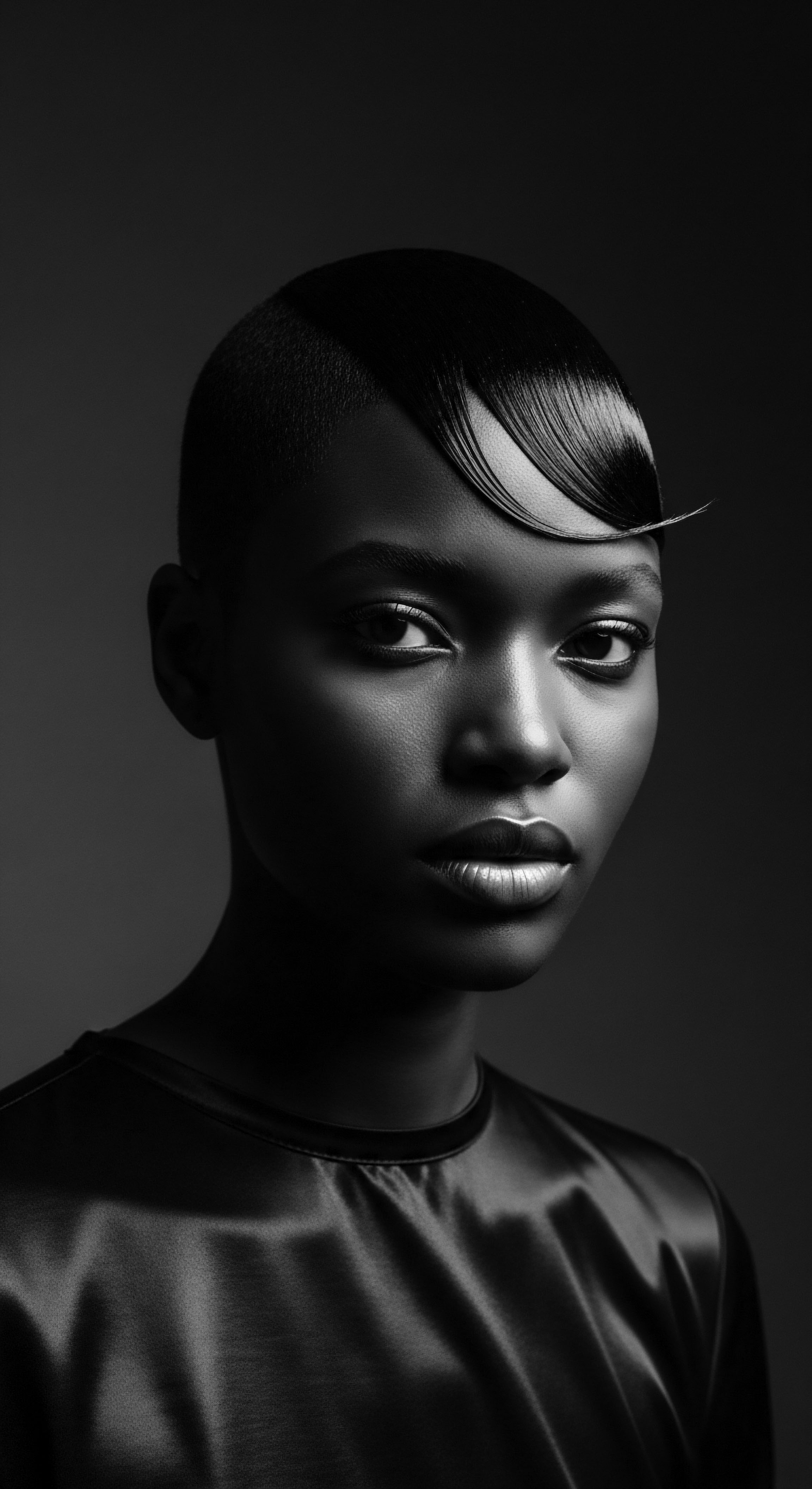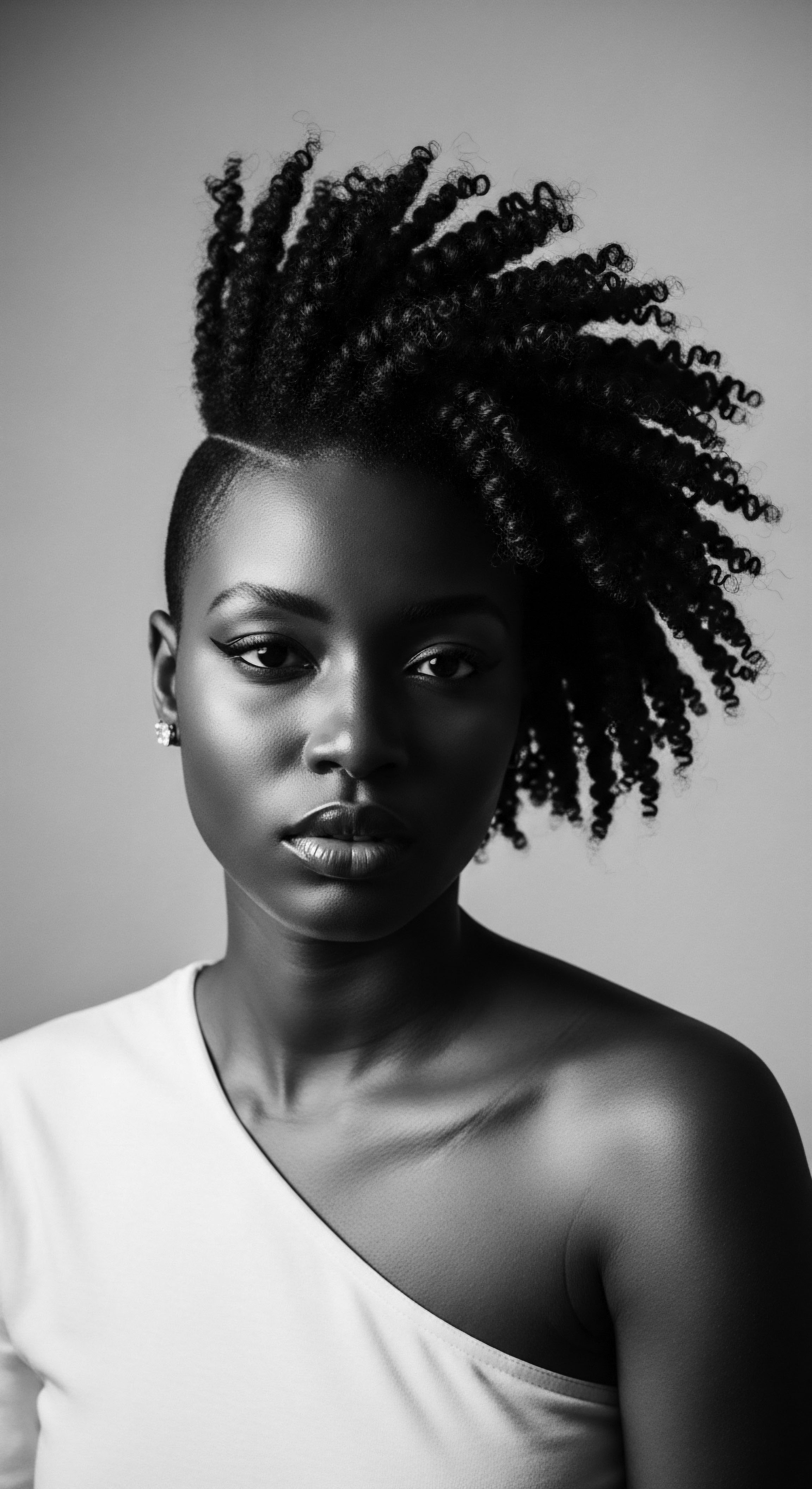
Do material choices for combs affect textured hair differently?
Comb material choices significantly alter textured hair health by affecting friction and static, with natural historical options often proving gentler.

Which ancient civilizations prioritized specific comb materials for textured hair?
Ancient African civilizations, notably Kemet and Kush, prioritized wood, bone, and ivory for combs to nurture textured hair.

What ancestral practices guided comb selection for textured hair?
Ancestral comb selection for textured hair was guided by a profound understanding of hair structure, cultural meaning, and a deep connection to heritage.

What ancestral wisdom about comb materials benefits contemporary textured hair regimens?
Ancestral comb wisdom reveals natural materials like wood and bone promote textured hair health by reducing static and respecting natural curl patterns.

How does comb material choice influence hair health and heritage practices?
Comb material choice directly impacts textured hair health through friction and cuticle preservation, deeply interwoven with ancestral wisdom and cultural identity.

How does comb material affect textured hair health?
Comb material, rooted in ancestral wisdom, greatly affects textured hair health by influencing friction, static, and oil distribution.

How did material choice affect comb effectiveness for textured hair?
Material choice in combs fundamentally affects textured hair by influencing friction, moisture distribution, and cuticle integrity, reflecting a timeless heritage of care.

What cultural meanings did materials for textured hair combs hold?
Materials for textured hair combs held deep cultural meanings tied to status, spirituality, and identity within heritage traditions.

In what ways did ancient comb materials shape modern hair care practices for textured hair?
Ancient comb materials shaped modern textured hair care by promoting gentle detangling, natural oil distribution, and reduced friction, upholding a rich heritage.

What ancestral knowledge guided the choice of comb materials for textured hair?
Ancestral comb choices for textured hair were guided by materials that offered optimal function and deep cultural meaning.

How did ancient comb materials honor textured hair?
Ancient comb materials honored textured hair by respecting its unique structure, preserving its vitality, and serving as cultural conduits.

What materials were ancient textured hair combs made from?
Ancient textured hair combs were crafted from natural materials like wood, bone, ivory, and horn, reflecting ancestral ingenuity and cultural significance.

How did comb materials signify status in ancient African heritage?
Ancient African comb materials, from rare ivory to common wood, conveyed status through their inherent value, craftsmanship, and cultural symbolism.

